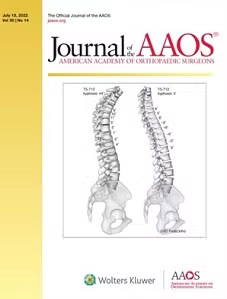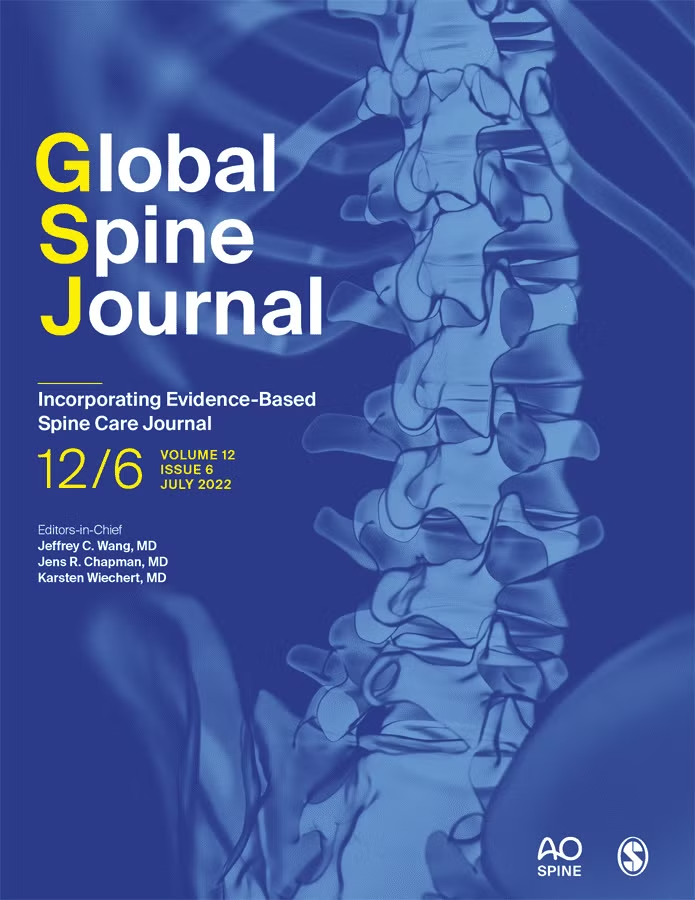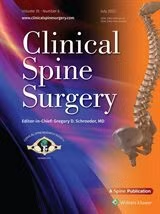
Serious consideration should be given to what type of back pain you might be having, where it’s originating from, and other questions when choosing between minimally invasive spine surgery versus stretching exercises and physical therapy.
Our guide below is just for informational purposes only. If you have an underlying medical condition or you’re a good candidate for awake spinal fusion, please consult a doctor.
But first, you should know the following. “Patients with LSS (lumbar spinal stenosis) who were surgical candidates and consented to surgery achieved similar long-term functional gains with surgical decompression as with an evidence-based physical therapy treatment regimen,” states a research study published in PubMed Central and the National Library of Medicine. “Though there were similar proportions of success with both groups, there were also similar proportions of patients that failed to achieve a level of improvement that would be considered success.”
In other words, spinal surgery (LSS in this case) versus physical therapy wasn’t necessarily the right or wrong choice in various cases of patients, whether those patients exclusively tried one or the other — or tried both. The right choice for you is a much more personal decision based on objective informational awareness, your doctor’s analysis, and what you feel should be done based on your specific circumstance.
Exercise protocols are specific to the underlying cause of pain in the spine because it’s a complicated structure. Lower back pain shouldn’t last for more than a few weeks, and if you have any concerning symptoms, you should see a doctor. Lower back pain treatment programs almost always include controlled, progressive exercise.
Most importantly, it’s about reducing your immediate pain, preventing or reducing your chances of getting pain in the future, and improving your strength, balance, flexibility, and vigor in the long run. It’s hard to argue with the fact that an active rehabilitation and exercise program for lower back pain can help you heal faster.
However, you shouldn’t rule-out outpatient spine surgery, especially awake spinal surgery (using local anesthetic that keeps you more active, alert, and where your healing time is faster). Even in the case of surgery, ongoing exercises well into the future can aid your body’s health. Strengthening your spine and the muscles, ligaments, and tendons supporting it can be easy with back exercises.
In addition, you should work on your abdominals, hips, and buttocks. Your lower back will be supported by these muscles, which can act as a major barrier for pain relief.
Exercise Balls for Working-Out
With exercise balls, you can relax the muscles surrounding your spine, improve motion, and help prevent future injuries with a gentle back mobility program. Check out the following examples:
“Marching on the ball” (10 – 15 minutes):
- Your feet need to be shoulder-width apart and flat on the ground while you’re sitting on an exercise ball.
- Keep your toes on the ground and lift one heel. Get a little more challenging by lifting your whole foot.
- Put your foot back on the ground and hold this position for a few seconds. Then do the other foot.
- Lifting your feet off the ground will force your stomach muscles to contract.
Squat with a ball (10 – 12 repetitions):
- Put your feet shoulder-width apart in front of a wall.
- Your lower back should be between the wall and an exercise ball.
- Put your back against the wall and lean back on the ball. Keeping your hips aligned with your shoulders is key. Your feet should be a little in front of your hips.
- Let the ball roll up your back while you bend your knees. Hold the down-position for a few seconds; then switch to the up-position.
The “half crunch” (five repetitions):
- Put your feet on the floor and cross your arms over your chest, or on your hips, while you sit on an exercise ball.
- Lift your toes without moving your feet and lean back at a 45-degree angle.
- Lift your feet, rocking forward into a flat-footed position using your abdominal muscles.
The “oblique crunch” (10 times on each side):
- Raise your arms straight overhead while you’re sitting on an exercise ball.
- Set your feet on the ground and lean back to a 45-degree angle.
- Slowly lower each arm toward the opposite knee while holding this position.
Tilting your pelvis (5 – 10 repetitions):
- You’ll isolate and strengthen your core and pelvic floor muscles with this exercise.
- Your knees should be bent, your feet parallel to each other, and your arms at your sides.
- Sink your abdominals downward toward your spine without using your buttocks or leg muscles to help. You’ll feel your pelvis tilt upward, but it won’t leave the ground.
- Relax your muscles after holding this position for five seconds.
Leg-lifts in water (10 – 15 minutes):
- Whenever you feel pain or stiffness in your lower back, try this exercise in a swimming pool.
- Put one hand on the edge of the pool for balance; then stand next to the pool wall.
- Slowly raise one straight leg to the front; then slowly lower it back down.
- Use a table or counter for balance if you don’t have a pool.
Arm/leg raises on the floor, also known as the “dead bug” (replicate each pair of opposite limbs 3 – 5 times):
- You’ll work your arms, legs, and core with this combination stretch.
- Raise your right arm and left leg at the same time.
- For 5 seconds, hold position.
- Return limbs to starting position slowly.
Some good video examples can be found all over the internet. Here’s just one of many on Shape.com, including some insight on what causes lower back pain, general tips on lower back stretches, and advice/guidance on the best lower back stretches for pain relief.
Whatever decision is right for you, Awake Spinal Fusion can provide answers to all of your pressing back-pain questions so you can make an informed choice about treatment and/or surgery. Empower yourself with the right information and advice to do what’s right for your spine.






